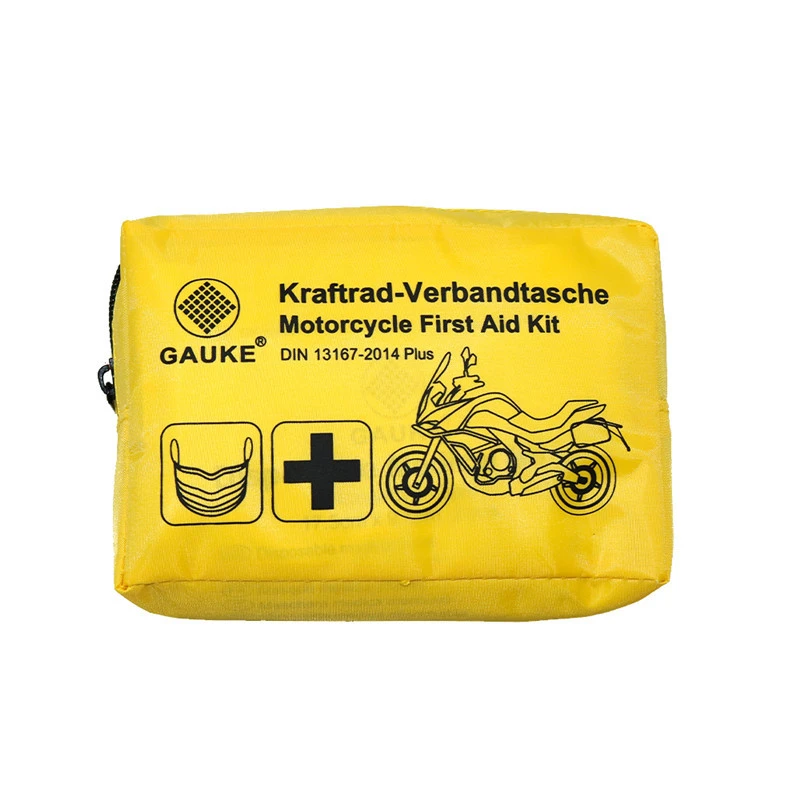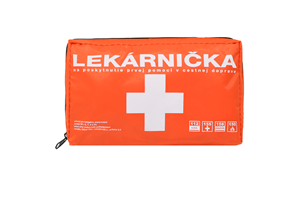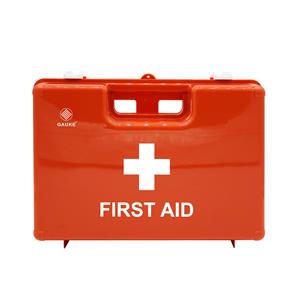First Aid Bandage Guide: Everything You Need to Know About Professional Bandages
Have you ever wondered about the key features of a premium quality first aid bandage? There are many different bandages brands available, which can understandably make it seem difficult to select the ideal choices for your care needs. But, whether you’re simply looking to invest in the highest-quality bandages for your own first aid kit or if you’ve been looking for the best brands of bandages to use for your commercial healthcare business, we hope today’s guide will help make your decision a little bit easier.
After all, we specialize in offering top-quality solutions for countless healthcare businesses, which is why you can count on our experts to uncover the ideal type of first aid bandage for your needs overall. From the basic features of quality bandages through to some of the most trusted brands in the healthcare field and more, we’ll be looking at everything you need to know to make this decision the right way.
Key Features of an Effective First Aid Bandage
Before going any further, we should start by considering some of the key features of an effective first aid bandage. Indeed, not every bandage is created equally; as such, it’s highly worth considering whether your chosen type of bandage is the right one for your needs.
So, what are some of the key features of effective bandages? Well, all top-quality bandages need to provide a few basic features, which may include the following points. However, if you can find a bandage with further benefits, such as excellent value for money on wholesale solutions, you may be looking at the ideal brand of bandage for your business.
Excellent absorbency. In many cases, bandages may need to absorb blood and blood plasma and any other bodily fluids such as sweat to keep a wound clean and dry. As such, they need to provide excellent absorbency to meet this goal without becoming sodden too rapidly.
Elasticity. A high-quality bandage will typically need to be elasticated to be stretched around the wounded area and sealed tightly. As such, the bandage itself should feature elastic properties; moreover, it must be durable enough to withstand high stretching pressure during application.
Breathable. If the wound is unable to breathe, it can easily become hot and sweaty, which may slow down recovery. As such, a high-quality bandage needs to allow the wound to breathe with airflow. Ideally, the bandage should also be cool enough so as not to overheat the area, which could cause discomfort and irritation in the patient.
Ease of application. Applying a bandage can often be a fiddly process; high-quality bandages must always be made from premium materials to ensure rapid adhesion and application around the injured area.
Provide support. While a good bandage needs to allow the wound to breathe, it also needs to provide ample levels of support and cushioning around the injury. However, this should never compromise the patient’s movement; this is largely down to the skill of the bandage applier rather than the bandage quality itself.
Always Consider the Bandage Type Before Applying
It’s easy to assume that bandages are all the same. However, in reality, there are many different types of bandages that could impact the way you use them. For example, roller bandages are generally the most common variety – are most effective for holding dressings in place. Meanwhile, triangular bandages are among the most versatile, helping with sling creation while also securing dressings. Finally, tubular bandages are intended to compress the joint and ensure the injury is held in place securely while it heals.
Tips for Applying Bandages Successfully
Bandages should, wherever possible, always be applied by a fully trained and qualified healthcare professional. However, you may want to consider the following tips in cases where this is not possible – such as in an emergency.
Before applying a bandage, you should always inform your patient of the plan, as the process can hurt a little; what’s more, you should also help keep their limb supported, so having them on board with the plan can make things much more manageable.
Apply your chosen bandage firmly, but don’t allow it to become too tight (as this could cut off circulation). Always start from near the injury and then use subsequent layers to secure the bandage in place. Thereafter, you should try to use spiraling turns while applying the bandage for maximum coverage and success with your efforts overall.
Don’t forget: you’ll also need to fasten the bandages to keep them in place. So, always make sure you’ve got suitable plans to secure the bandage once you’ve applied it around the injury.
Final Thoughts
Finding top-quality choices for your first aid bandage buying shouldn’t be a major challenge. Luckily, there are numerous excellent brands providing healthcare solutions on the market. What’s more, each of these offer something a little different from the last. So, why leave things to chance; discover the most effective brands of bandages with help from our team today.




